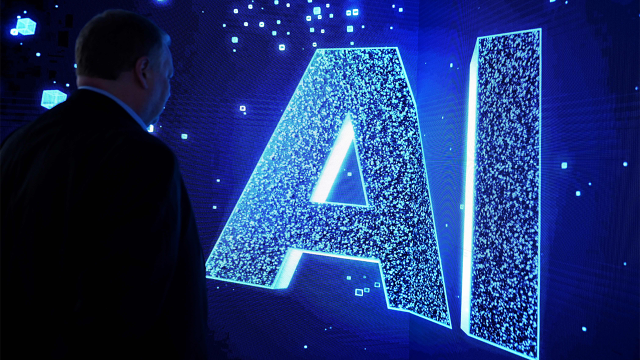
The human face is a fascinating canvas that conveys a multitude of emotions and information. Researchers in Denmark have recently delved into this realm by employing artificial intelligence (AI) to analyze facial photographs of politicians and predict their political ideology. The study, published in the journal Scientific Reports, offers intriguing insights into the potential relationship between facial characteristics and political leanings. Let’s delve into the details of this thought-provoking research.
The Study’s Findings:
The study conducted in Denmark utilized machine learning techniques to predict the political ideology of Danish politicians as either left-wing or right-wing. The researchers achieved a prediction accuracy rate of 61%. Interestingly, they found that right-wing politicians tended to exhibit happier facial expressions and fewer neutral expressions compared to their left-wing counterparts. Moreover, attractive women were more likely to lean towards the right-wing, while women displaying contempt on their faces were more likely to align with the left-wing.
The Expressiveness of the Human Face:
The human face is a remarkably expressive instrument, relying on a complex network of over 40 facial muscles. These muscles enable us to convey a wide range of emotions and perform intricate movements vital for communication and daily activities. The study sheds light on the richness and potential significance of facial expressions in understanding human behavior and social dynamics.
Facial Cues and Inferences:
Humans possess a remarkable ability to make inferences about others based on their facial appearance. Facial cues have been associated with personality traits, intelligence, sexual orientation, and even political beliefs. However, the specific facial characteristics and features involved in these inferences, as well as the underlying mechanisms, remain subjects of ongoing debate and investigation.
The Role of Computational Neural Networks:
To predict political ideology based on facial photographs, the researchers employed computational neural networks—a class of algorithms inspired by the structure and function of biological brains. These networks consist of interconnected nodes or artificial neurons that recognize patterns and relationships within data. By adjusting the connections between neurons during the learning process, these networks can make predictions and recognize complex patterns.
The Training Process:
The researchers used a publicly available dataset of facial photographs from the 2017 Danish Municipal elections to train the neural network. Several exclusions were made to ensure the dataset’s quality, including the removal of photos from parties with less-defined ideologies and images incompatible with machine processing. The algorithm was trained separately on male and female photos to account for gender differences.
Challenges and Limitations:
The study faced certain challenges, including potential biases in the dataset and the difficulty in accurately identifying facial expressions beyond happiness. Additionally, the study focused on Danish politicians in a specific context, limiting its generalizability to other countries and political systems.
Conclusion:
The use of AI to predict political ideology based on facial characteristics presents an intriguing avenue for research. The Danish study highlights the potential link between facial expressions, attractiveness, and political leanings. While the findings provide interesting insights, it is essential to approach them with caution, considering the limitations and potential biases involved. As technology and understanding evolve, further studies may shed additional light on the intricate relationship between facial cues and political ideology.
Follow us on Instagram and subscribe to Knowlab using the below form.







